Using a small bench-top reactor, researchers at the University of British Columbia (UBC) have demonstrated that electrochemically loading a solid metal target with deuterium fuel can boost nuclear fusion rates.
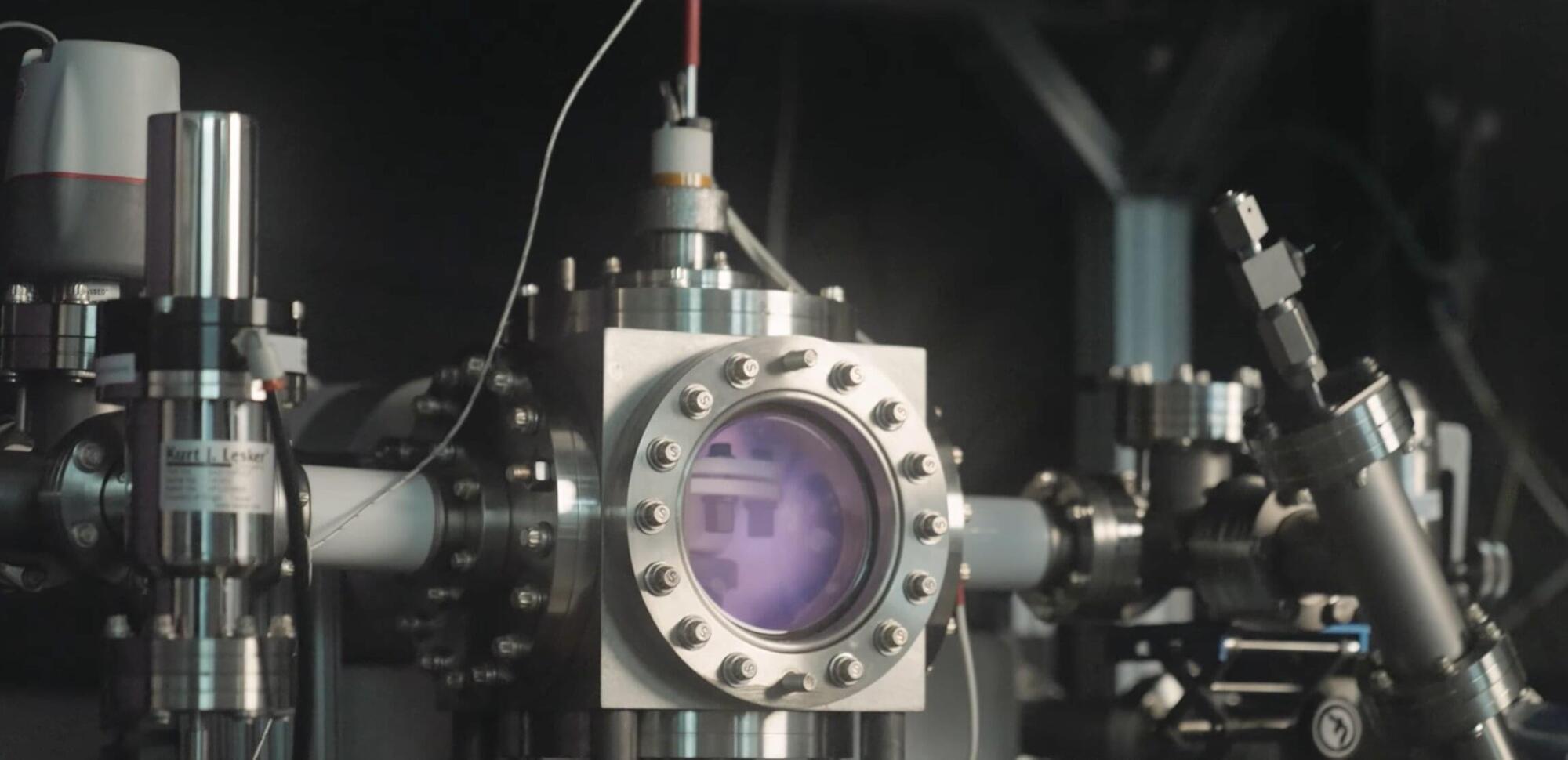


Scientists at the University of California San Diego have uncovered how diamond—the material used to encase fuel for fusion experiments at the National Ignition Facility (NIF) in Lawrence Livermore National Laboratory—can develop tiny structural flaws that may limit fusion performance.
At the NIF, powerful lasers compress diamond capsules filled with deuterium and tritium to the extreme pressures needed for nuclear fusion. This process must be perfectly symmetrical to achieve maximum energy output.
By using a high-power pulsed laser to simulate these extreme conditions, researchers found that diamonds can form a series of defects, ranging from subtle crystal distortions to narrow zones of complete disorder, or amorphization. These imperfections can disrupt the implosion symmetry, which in turn can reduce energy yield or even prevent ignition.

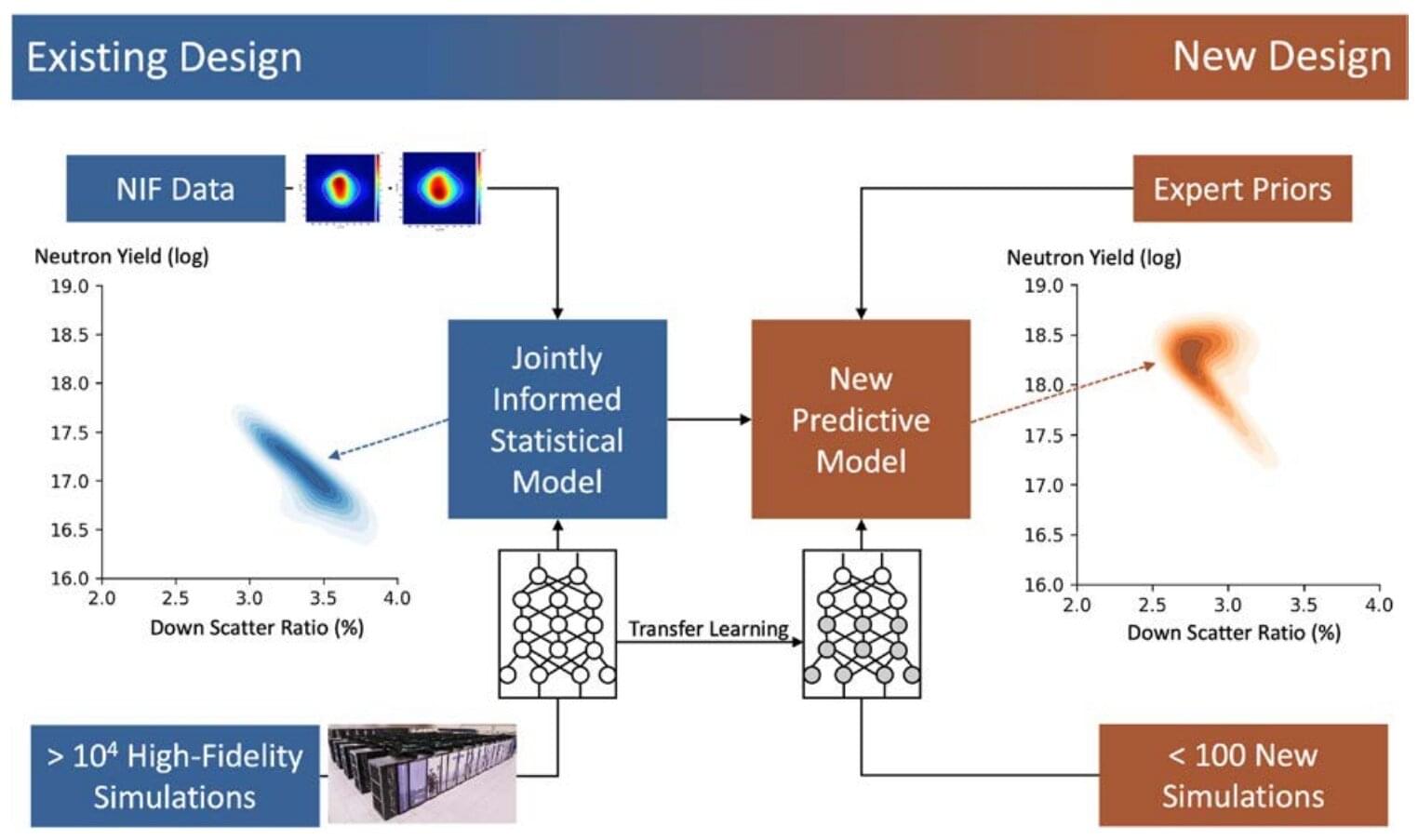
Practical fusion power that can provide cheap, clean energy could be a step closer thanks to artificial intelligence. Scientists at Lawrence Livermore National Laboratory have developed a deep learning model that accurately predicted the results of a nuclear fusion experiment conducted in 2022. Accurate predictions can help speed up the design of new experiments and accelerate the quest for this virtually limitless energy source.
In a paper published in Science, researchers describe how their AI model predicted with a probability of 74% that ignition was the likely outcome of a small 2022 fusion experiment at the National Ignition Facility (NIF). This is a significant advance as the model was able to cover more parameters with greater precision than traditional supercomputers.
Currently, nuclear power comes from nuclear fission, which generates energy by splitting atoms. However, it can produce radioactive waste that remains dangerous for thousands of years. Fusion generates energy by fusing atoms, similar to what happens inside the sun. The process is safer and does not produce any long-term radioactive waste. While it is a promising energy source, it is still a long way from being a viable commercial technology.

Scientists unveil nuclear battery with 50-year lifespan and triple efficiency.
Researchers in China have developed a novel nuclear battery that can withstand at least half a century of radiation and deliver three times the energy efficiency of conventional designs.
The team set out to improve battery performance in extreme environments, led by Haisheng San, PhD, a professor at Xiamen University, and Xin Li, PhD, a researcher at the China Institute of Atomic Energy.
According to the scientists, conventional power systems, especially those used in extreme conditions such as space or deep-sea infrastructure, struggle with long-term reliability.
Google inks historic US deal to buy Gen IV nuclear power for data centers.
Google inks first-ever U.S. utility deal for a Gen IV nuclear plant, as AI-driven energy needs revive interest in small modular reactors.
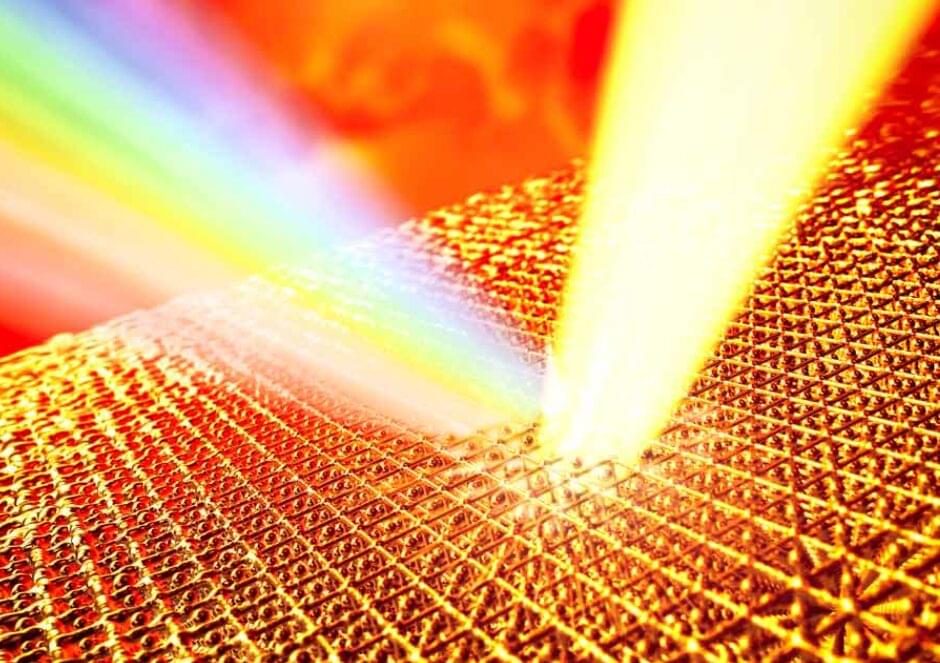
Gold was superheated to 19,000 Kelvin without melting, defying physics and unlocking new possibilities in high-energy research. Physicists have heated gold to over 19,000 Kelvin, more than 14 times its melting point, without melting it, smashing the long-standing “entropy catastrophe” limit. Using an ultra-fast laser pulse at SLAC’s Linac Coherent Light Source, they kept the gold crystalline at extreme heat, opening new frontiers in high-energy-density physics, fusion research, and planetary science.
Scientists have simultaneously broken a temperature record, overturned a long-held theory and utilized a new laser spectroscopy method for dense plasmas in a groundbreaking article published on July 23 in the journal Nature.
In their research article, “Superheating gold beyond the predicted entropy catastrophe threshold,” physicists revealed they were able to heat gold to over 19,000 Kelvin (33,740 degrees Fahrenheit), over 14 times its melting point, without it losing its solid, crystalline structure.
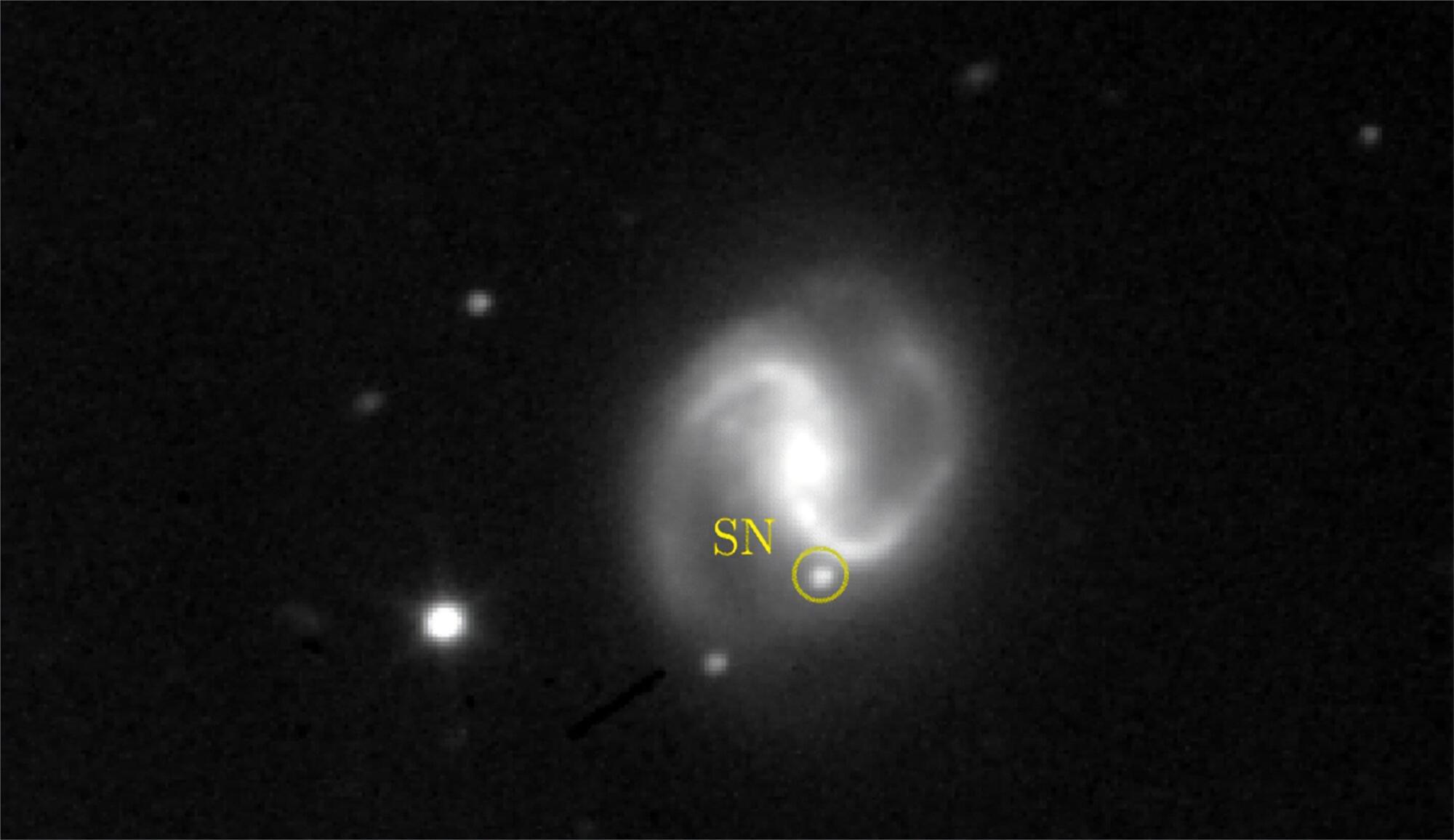
“They shine thanks to nuclear fusion in their cores, but once the star has burned through progressively heavier atoms—right up to the point where further fusion no longer yields energy—the core collapses. At that point, the star collapses because gravity is no longer counterbalanced; the rapid contraction raises the internal pressure dramatically and triggers the explosion.”
The first hours and days after the blast preserve direct clues to the progenitor system—information that helps distinguish competing explosion models, estimate critical parameters, and study the local environment. “The sooner we see them, the better,” Galbany notes.
Historically, obtaining such early data was difficult because most supernovae were discovered days or weeks after the explosion. Modern wide-field, high-cadence surveys—covering large swaths of sky and revisiting them frequently—are changing that picture and allowing discoveries within mere hours or days.
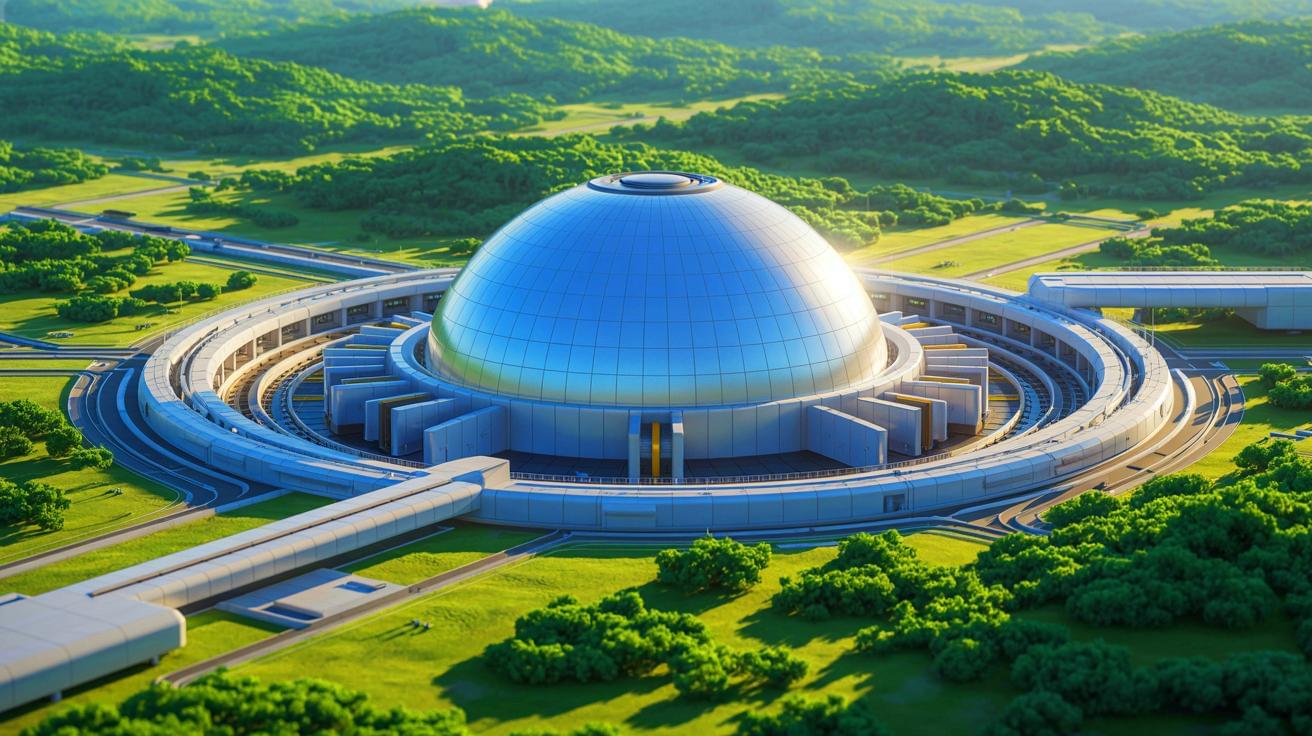
IN A NUTSHELL ⚡ China’s CFR-1000 reactor could supply electricity to one million homes, highlighting a major step in nuclear technology. 🔬 Utilizing fast neutrons, the reactor enhances fuel efficiency and supports sustainable energy solutions. 🌊 Innovative use of liquid sodium coolant allows for higher operational temperatures and improved efficiency. 🌍 Global implications arise as
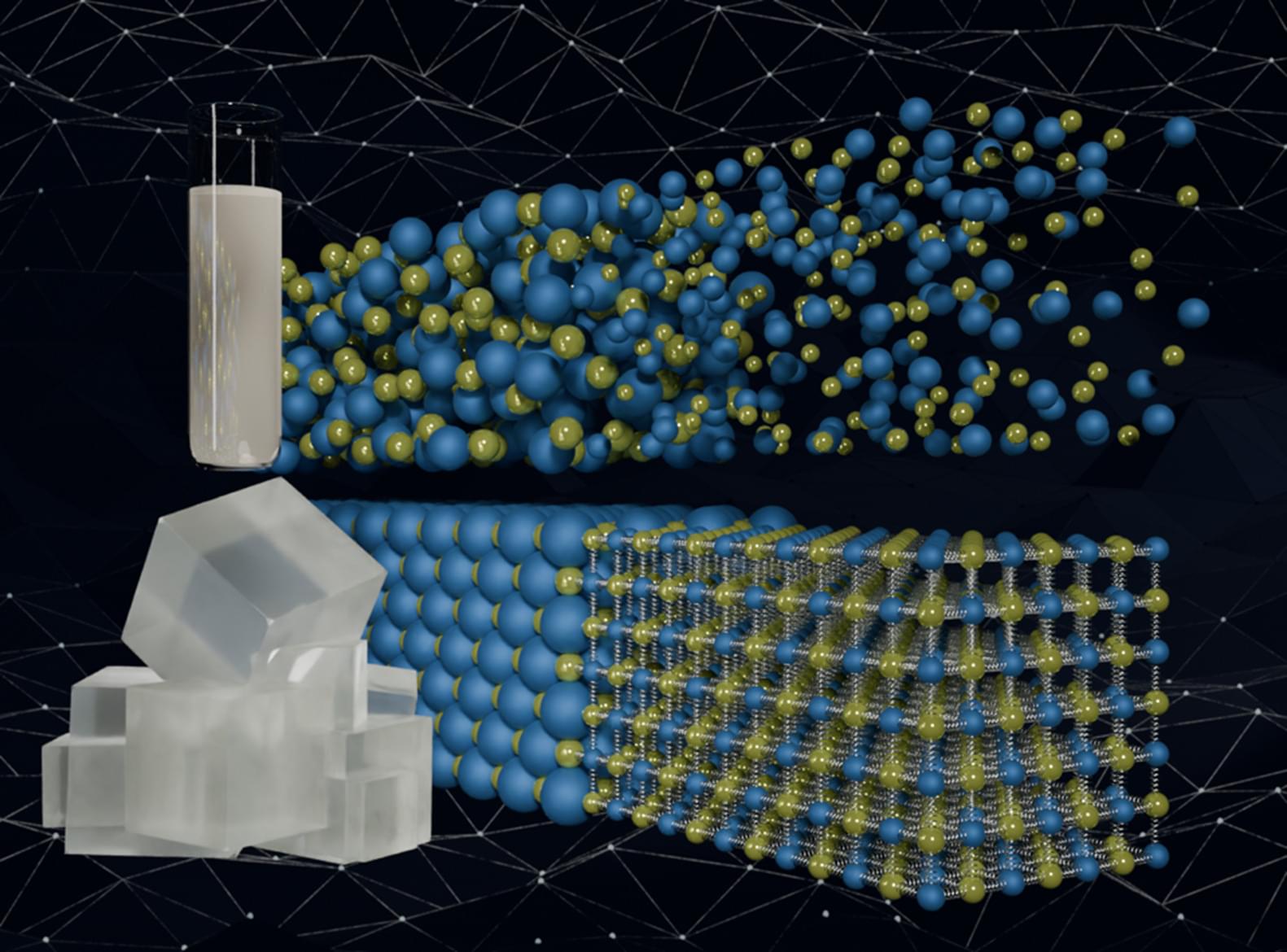
Scientists have developed a new machine learning approach that accurately predicted critical and difficult-to-compute properties of molten salts, materials with diverse nuclear energy applications.
In a Chemical Science article, Oak Ridge National Laboratory researchers demonstrated the ability to rapidly model salts in liquid and solid state with quantum chemical accuracy. Specifically, they looked at thermodynamic properties, which control how molten salts function in high-temperature applications. These applications include dissolving nuclear fuels and improving reliability of long-term reactor operations. The AI-enabled approach was made possible by ORNL’s supercomputer Summit.
“The exciting part is the simplicity of the approach,” said ORNL’s Luke Gibson. “In fewer steps than existing approaches, machine learning gets us to higher accuracy at a faster rate.”